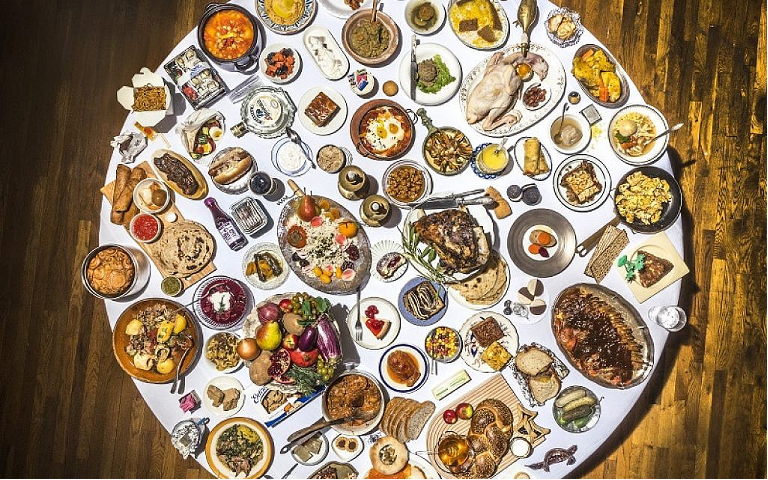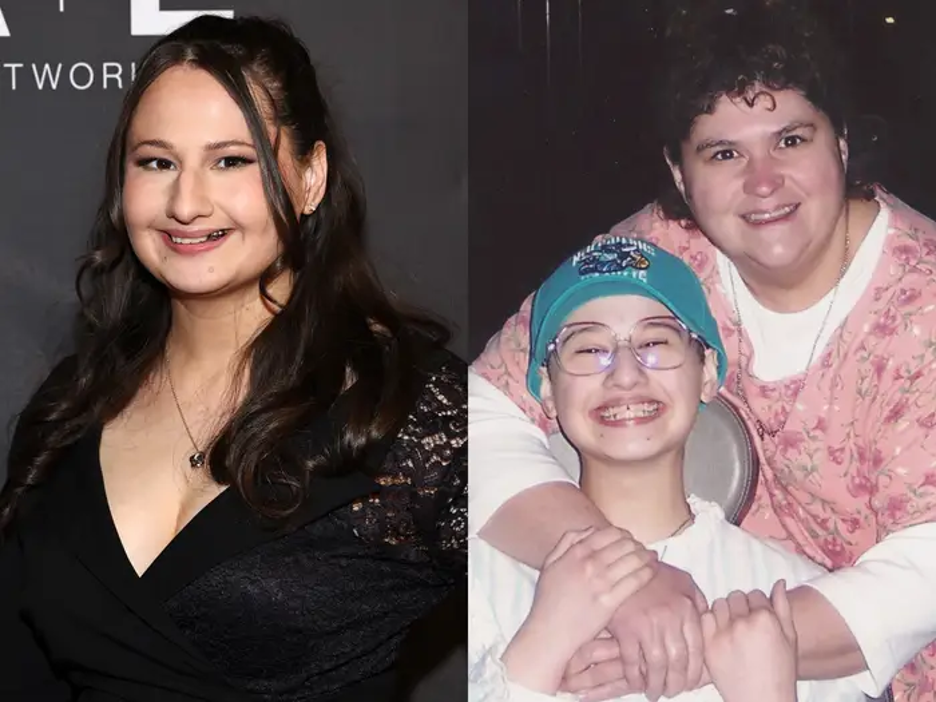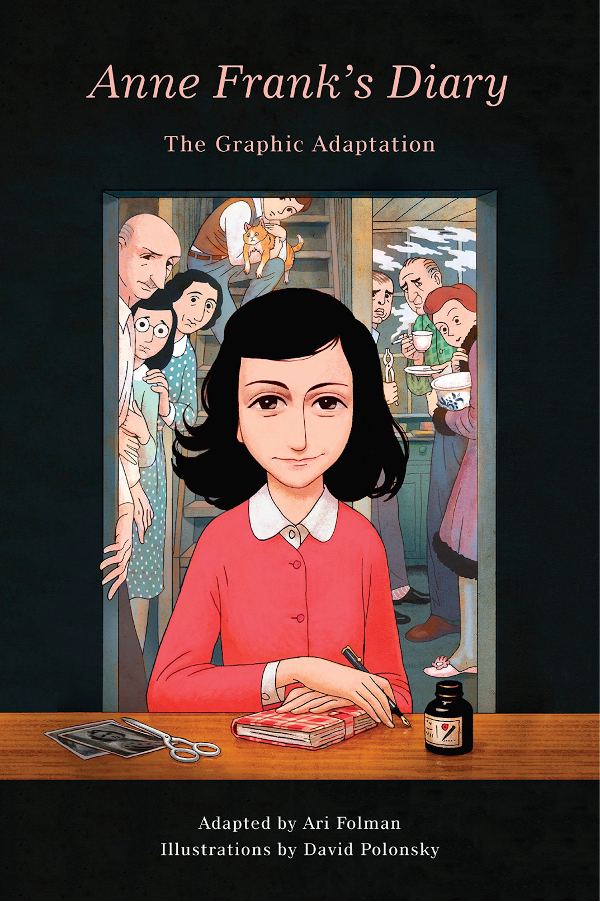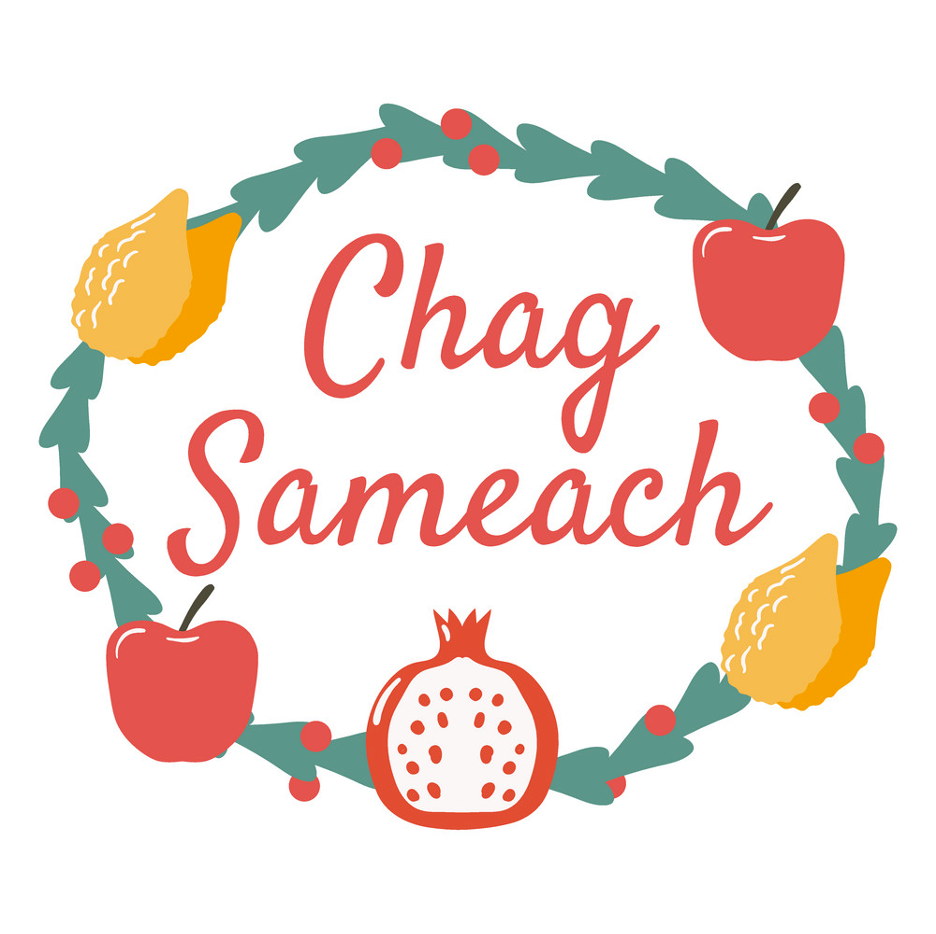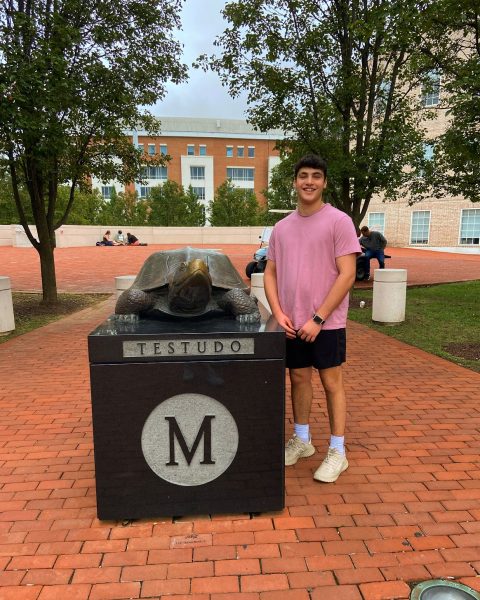It’s Kosher! Are all Jewish foods kosher or kosher-ish? Well, yes, but what is Jewish food to a non-Jew? What are gefilte fish, latkes, challah, and hamantaschen? What are matzah, matzah ball soup, and soofganiot? These are commonly asked questions by people who don’t generally eat these foods.
What is gefilte fish? When I go fishing, I never catch it. Gefilte fish is a loaf of different kinds of fish blended together, served with carrots or horseradish. Sometimes on Shabbat,it is also served with challah. Challah!? What is that? Challah is egg bread-like brioche, braided like hair- but it does not taste like it! Speaking of bread, matzah, or “the poor man’s bread,” is a giant cracker that only uses water and flour, and takes less than 18 minutes to cook. Since we are talking about matzah, let’s also talk about matzah ball soup. This is always served with a chicken broth that usually has carrots, celery, and sometimes even pieces of chicken in it. But the actual matzah ball is a bread ball made from matzah meal.
Hamantaschen… what is that? A Hamantaschen is a triangular cookie with a filling in the middle, like chocolate, jelly, or my personal favorite, apple. Because we are on the topic of jelly, it is time to talk about the jelly donut, Soofganiot. Soofganiot are a bigger version of a boston creme donut, but with jelly instead of cream. Speaking of things we eat on Chanukah, let’s discuss latkes. Latkes are potato pancakes, usually served with sour cream, apple sauce, or, if you’re weird like my mom, ketchup.
It is important to teach non-Jews about our food because it is also part of our culture and history. Food is a part of all cultures. If we teach people about our food we could have people learn our history and culture.

